#afro american history
Explore tagged Tumblr posts
Text
American Gods’ incomplete bibliography (3)
If you want to have access to the full, original bibliography as prepared by Neil Gaiman (it has a lot more info I do not put in my posts - my posts are just summaries and recaps of the original bibliography) you just need to go check Neil Gaiman’s website right here: https://www.neilgaiman.com/works/Books/American+Gods/in/183/?type=Books&work=American+Gods
7) First Nations myths

God is Red: A Native View of Religion
Neil Gaiman considers it a “very readable book about religion from a Native American standpoint” - though he was a bit puzzled by how the middle of the book “wander into Velikovsky”.
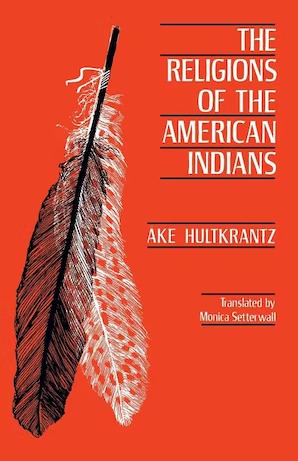
The Religions of the American Indians

American Indian Myths and Legends
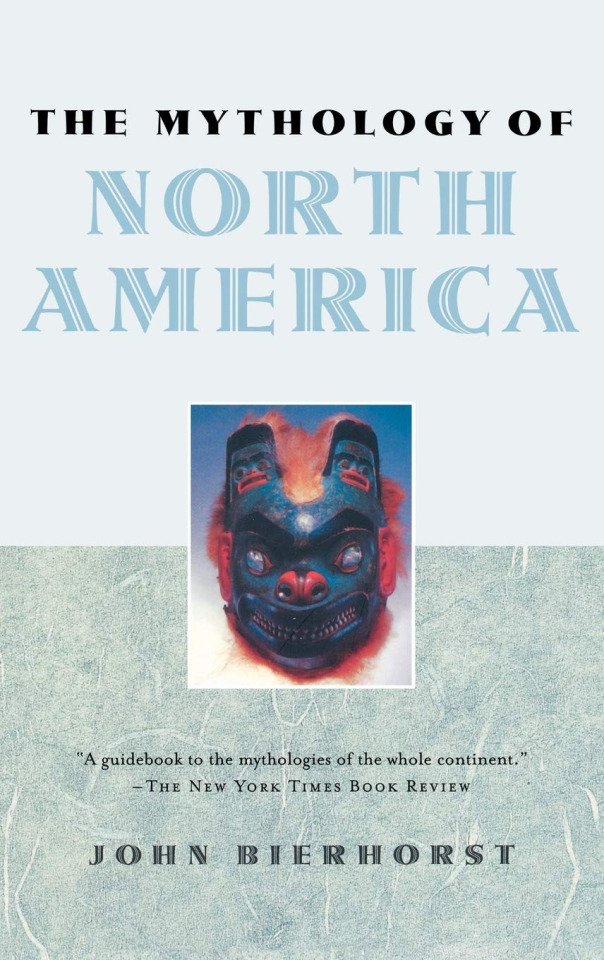
The mythology of North America
8) Background books

On the Rez
A book about the Oglala Sioux on Pine Ridge Reservation, one of the porrest places in America (at least at the time Neil Gaiman put together his bibliography), and about SuAnne Big Crow, a basketball player.
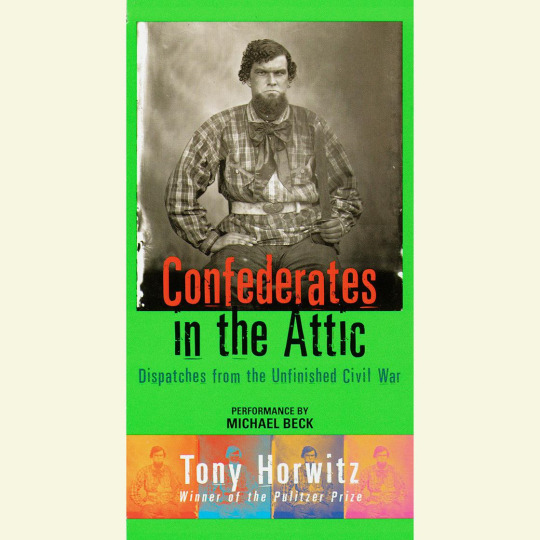
Confederates in the Attic: Despatches from the Unfinished Civil War
Neil Gaiman bought and tried to read it in preparation for American Gods, but couldn’t get into it... It took him two whole years to get into it again, as he was writing American Gods, and he devoured it.

The Forbidden Zone
Neil Gaiman first read a chapter of this book while doing online research about slaughterhouses. Despite the book being out of print, he managed to obtain a copy from a New Mexico bookstore - and this book ended up shaping and informing American Gods in many ways, both direct and indirect. Neil Gaiman is really sad that it is out of print ; and he points out that he has been a fan of the author, Michael Lesy, ever since another one of his books, “Wisconsin Death Trip”, about painting a darker and disturbing picture of the Wisconsin in frontier times. Wisconsin Death Trip is in fact another one of the books that influenced American Gods: some anecdotes and attitudes from this book ended up being present in the Lakeside parts of the novel.

The Day of the Dead and other reflections
(Of its actual title, The Day of the Dead and other mortal reflections)
Neil Gaiman considers the author one of his favorite essayist alongside David Quammen - and it is from this book that Neil Gaiman “got” Coatlicue.
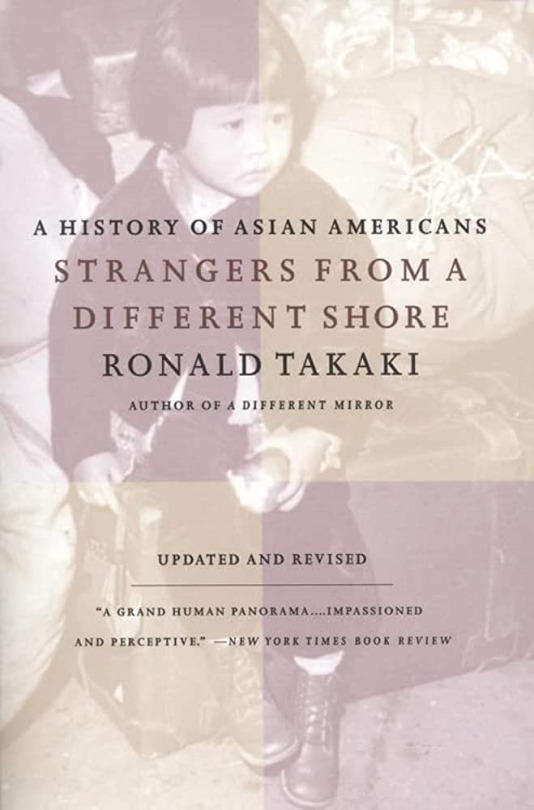
Stranger from a Distant Shore: A History of Asian Americans
Neil Gaiman used this book to research a lot of stuff that “never worked its way into American Gods”, but that will maybe appear in another book. At least, this is what he writes in the bibliography, but since we are all American Gods fan of modern days, we now know what he referred to in the bibliography: the “Somewhere in America” deleted section about a kitsune ending up in a Japanese internment camp of WWII America.
9) African heritage
As Neil Gaiman says, these are the books he used concerning Mr. Nancy, and “the tale of the twins” (Wututu and Agasu).
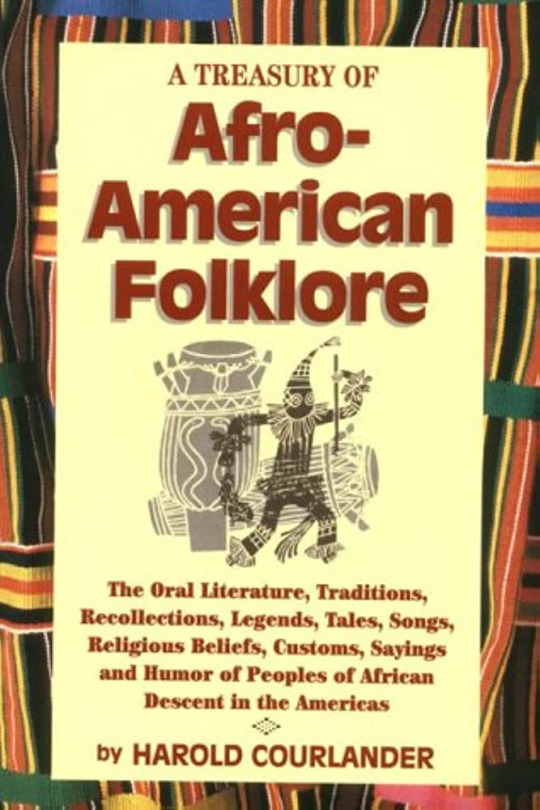
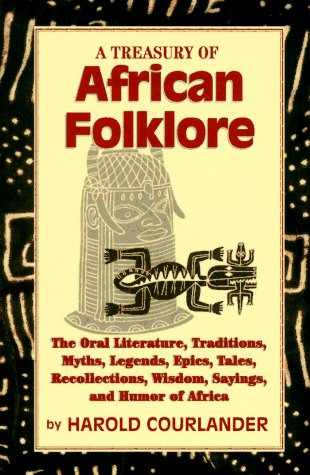
A Treasury of Afro-American Folklore + A Treasury of African Folklore, by Harold Courlander
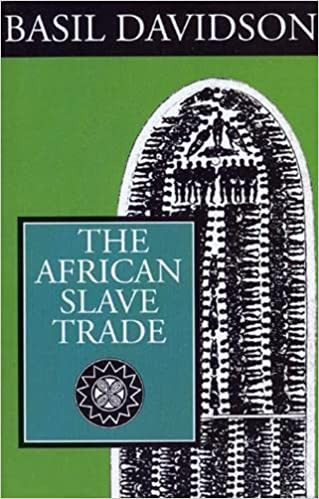
The African Slave Trade, by Basil Davidson

The Slave Trade: The Story of African Slave Trade, 1440-1870
(Of its actual name, “The Slave Trade: The Story of the Atlantic Slave Trade)
Neil Gaiman precises that he took a lot from this book, written by Hugh Thomas, alongside Bullwhip Days (see below) - but he also admitted that he had to downplay what actually happened historically when writing “American Gods” because he didn’t want to turn his scenes into an “atricity exhibition”.

Bullwhip Days: The Slaves Remember - An Oral History
In Neil Gaiman’s words, “Urgent, human narratives and utterly heartbreaking”, as this book is a collection of the testimonies of the last surviving Americans who had been slave, collected in the mid-1930s.
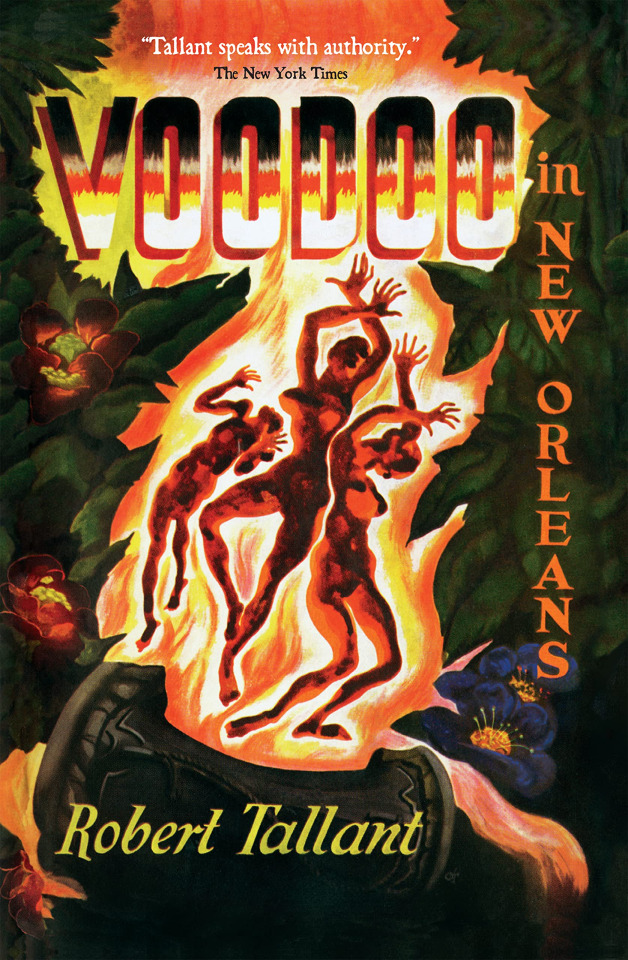
Voodoo in New Orleans
Neil Gaiman explains that this book does not manage to convey the actual feel of the New Orlenas Voodoo, but it is an excellent book when it comes to the history of the “various Maries Laveau or Marie Laveaux”. However, if someone wants a better book by Robert Tallant, they should check Gumbo Yaya (see below)
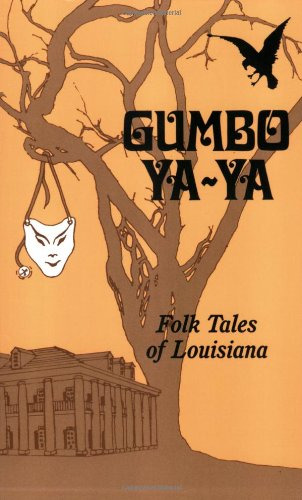
Gumbo Yaya
Neil Gaiman was offered this book as a gift by Nancy Collins, and he realized he did need it a lot. It is an excellent book covering the folk beliefs, magic and folklore of New Orleans and Louisiana.
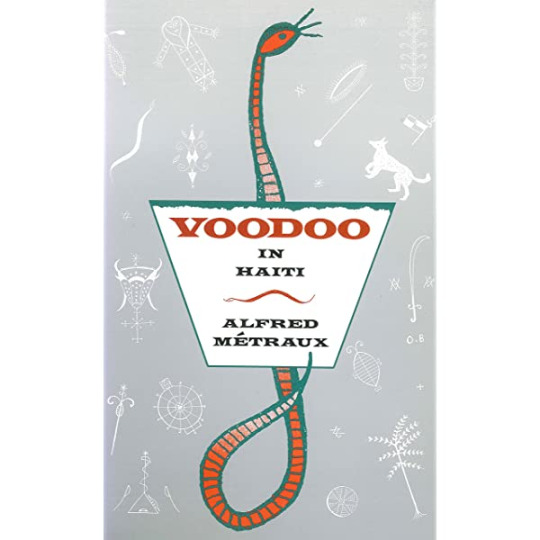
Voodoo in Haiti
A “fairly useful and interesting book”, according to Neil Gaiman. He does say that there is a lot of better books about the topic of Haitian voodoo, but he included it in the list because it was the book he used to check stuff when writing American Gods.
#neil gaiman speaks#american gods bibliography#american gods#voodoo#african mythologies#afro american history#history of slavery#native american mythology#american history#asian american history#bibliography#references#books#neil gaiman
33 notes
·
View notes
Text




Goated🐐
#surprise surprise#kendrick lamar#gnx#pglang#black power#black people#not like us#soulaan#soulaani#afro american#black tumblr#new album#lifestyle#melanin#black excellence#black culture#black entrepreneurship#aesthetic#vintage cars#classic cars#black men#black history#black stories#top dawg entertainment#style#ghetto fabulous#street style#black owned#kendrick lamar gnx
547 notes
·
View notes
Photo
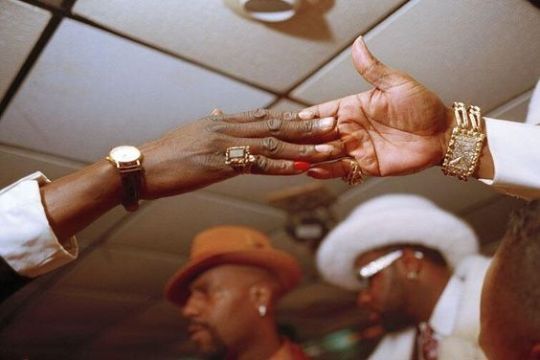
Afro Culture (My Culture)
@woobosco - This shit gon be framed in my crib.
#african#african american#afrocentric#afro#afrofuturism#Afro Culture#Afro Centric#afro caribbean#afro curls#afro love#afro handshakes#afro dabs#black love#black people#black panther#black history#black power#blackgirlmagic#black men#black cat#blacklivesmatter#black lives#black life#black beauty#ebony#ebony life#ebony love#woods#woodstock#woo
6K notes
·
View notes
Text
For this Native American History Month, I wanna send a special shout out to intersex Native and Indigenous folks, to gender non-conforming Native and Indigenous folks, to nonbinary Native and Indigenous folks, to genderfluid Native and Indigenous folks, and especially to intersex Black Native and Afro-Indigenous folks, to gender non-conforming Black Native and Afro-Indigenous folks, to nonbinary Black Native and Afro-Indigenous folks, to genderfluid Black Native and Afro Indigenous folks.
I'm Black Native and Afro-Indigenous; I'm nonbinary and genderfluid, and in context with me discovering and reclaiming gender identities and gender expression descriptors from my Native/Indigenous culture and especially from specific Indigenous groups in my blood, I'm nadleehi (Navajo/Diné), asegi udanto (Tsalagi), sxints (Nuxalk), atsione (Tsalagi) and dilbaa (Navajo/Diné again). (I also have extensive heritage from Algonquin, Lakota, Blackfoot, Métis, Iroquois, Seminole, Nêhiyaw, Mi'kmaw, etc. and many, many, many, many other tribes.)
Then on top of that, I found out I was born intersex which I found out later in life, which along with me learning the history of how Native Americans have often held intersex folks, androgynous folks, feminine males and masculine females in high respect has been a very healing and enlightening part of my journey, culturally and expression wise.
In fact, I've been thinking about how American western culture fixates on sex and gender way too much and mainly in context of forcing colonialist eurowestern gender boxes on folks, especially black and indigenous folks, forcing labels or labelessness on us too often. And as an Afro-indigenous woman/femme, I've already been in the process of deprogramming from colonialist gender norms and reconnecting with my blackness and my Native/Indigenous American and Indigenous/Aboriginal roots, and at times my gender expression and identity intersects with that. Lily Gladstone (who uses she and singular they pronouns) worded it perfectly as decolonizing gender and that's the journey I've been on, and a journey that I'm still on as it's ever evolving and increasingly more nuanced and complex.
Anyways, I just wanna say that I love you guys, I see you and I wanna send out as much love, light and warmth to many of you as possible. 💕💕


#intersex#indigenous#afro indigenous#indigiqueer#nadleehi#dilbaa#asegi udanto#sxints#navajo#diné#tsalagi#nuxalk#native american history month
132 notes
·
View notes
Text

#black people#black#black history#black tumblr#blacktumblr#pan africanism#black conscious#africa#black power#black empowering#black community#black first#african culture#black culture#afro caribbean#black americans#black south american#self empowerment#being serious#tangibles
127 notes
·
View notes
Text

#malcolm x#afro american unity#black empowerment#african unity#african american#pan africanism#black pride#unity#africa strong#respect#civil rights#black history#malcolm x quotes#solidarity#empowerment#black leadership#racial justice#black unity#liberation#diaspora connection
298 notes
·
View notes
Text

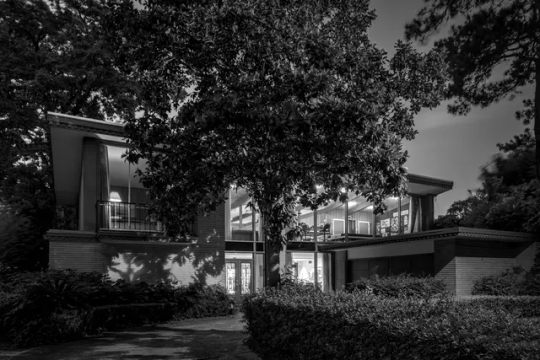








JOHN SAUNDERS CHASE JR. FAIA (1925-2012)
When Mr Chase went to college in the 1940s, only 10% of the population had undergraduate degrees, and very few of those were people of color.
Mr Chase enrolled in Hampton University and went on to become the first Black graduate from the University of Texas. In 1952, he was the first Black architect in Texas to get an architectural license.
Because no firms would hire him, to fulfill a required apprenticeship, Chase appealed to the State of Texas to take his licensing exam without the required apprenticeship. He took it and passed.
Soon after, he designed a sleek Modernist building at 1191 Navasota Street��in East Austin for the offices of the Colored Teachers State Association of Texas. About 70 years later the building was acquired by the University of Texas at Austin.
Mr Chase took work where he could find it, which in the beginning meant Black clientele. He designed Riverside National Bank in Texas, and he designed several buildings for Texas Southern University. As his career continued to grow, Chase opened offices in Dallas, Houston, Austin, and Washington DC.
Throughout his life Chase was an advocate for the arts, encouraging other people of color to become architects, and in 1971 he became one of the 12 co-founders of the National Organization of Minority Architects (NOMA), architects who met at the 1971 Detroit AIA Conference.
Mr Chase was the first Black member of the Texas Society of Architects and the Houston AIA. In 1980, President Jimmy Carter appointed him as the first Black member of the US Commission of Fine Arts.
1959 - The John and Drucie Chase House, 3512 Oakdale Street, Houston TX. He added a second story around 1968.
#design#architecture#art#architects#interiors#iconic architecture#minimalism#mid century modern#modernism#modernist#texas#afro american#black lives matter#american history#john chase#drucie chase#NOMA
40 notes
·
View notes
Text

The Wash and Go hairstyles are so simple, yet so beautiful and empowering!
👩🏽🦱💜👩🏿🦱
#history#black liberation#wash and go#hairstyles#natural hair movement#african american history#1960s#2000s#united states#black girl magic#womens history#black hairstyles#coquette#soft girl#women supporting women#american history#black hair#women empowerment#black beauty#soft black girls#civil rights movement#african american women#black femininity#sisterhood#hairstyle history#afro#african american culture#black coquette#nickys facts
35 notes
·
View notes
Text
Are there Black dialects of Spanish?

Some people got a surprising result after taking an MIT dialect quiz. It was meant to guess what U.S. dialect the test taker spoke and the person's native language. As results started coming in, many Spanish speakers saw their English dialect had been marked as “U.S. Black Vernacular/Ebonics”
But what's the connection between speaking Spanish and U.S. Black Vernacular?
In the United States, dialects spoken by African Americans are sometimes referred to as Black English, African American Vernacular English, or even Ebonics. Though the terms have had different levels of popularity, having a specific name at all has given African Americans the ability to reclaim their language practices as a joyous part of their identity.
But much less common are terms and discussions about Blackness and Black language beyond English. If Black English dialects exist, are there also Black forms of other languages due to colonization? For example, are there Black Spanishes and Black Portugueses, too? Read more here.
Source: Are there Black dialects of Spanish? by Aris M. Clemons
Visit www.attawellsummer.com/forthosebefore to learn more about Black history.
Need a freelance graphic designer or illustrator? Send me an email.
#black history#Afro-Latino#diaspora#African diaspora#dialects#linguistics#race#identity#language#Spanish#AAVE#ebonics#African American Vernacular English
119 notes
·
View notes
Text

Malcolm X: The Last Message, (Vinyl/LP), LP 1300, Discos Hablando, 1967 [Collection of the Smithsonian National Museum of African American History and Culture, Smithsonian Institution, Washington, D.C.]







#graphic design#speech#vinyl#cover#back cover#malcolm x#discos hablando#the afro american record club#national museum of african american history and culture#smithsonian institution#1960s
20 notes
·
View notes
Text

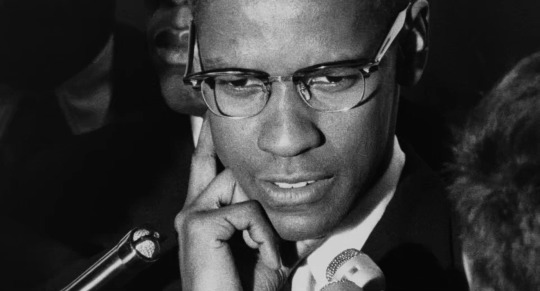

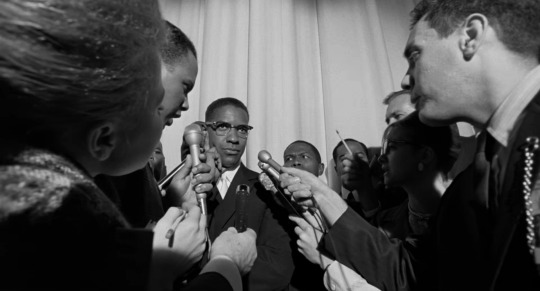



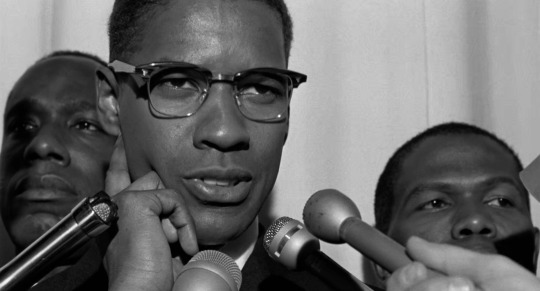




Malcolm X (1992) cinematography pt3
#movie#film#cinematography#art#new#a spike Lee joint#Denzel Washington#Angela Bassett#Spike Lee#Delray Lindo#Giancarlo Esposito#Malcolm x#history#black art#afro american#black history
92 notes
·
View notes
Text


Black History Month🖤
7 notes
·
View notes
Photo
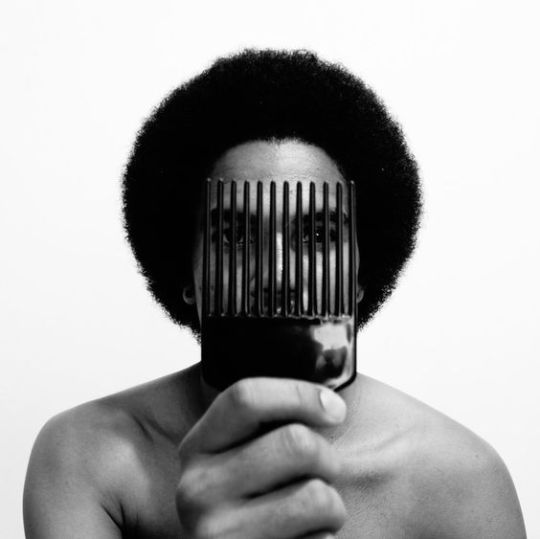
Afro Culture (My culture)
@woobosco
#woo bosco#woodstock#Swoosh#black people#black panther#black history#black power#black#black men#afrocentric#african#african american#afro#afrofuturism#afrohair#afropunk#afrolatina#African American Culture#african america history#afro pic#black is beautiful#soul#soulaa#soulaan#soulaana#soulaani#soul train#african america#blvck shvggy#black tumblr
429 notes
·
View notes
Text
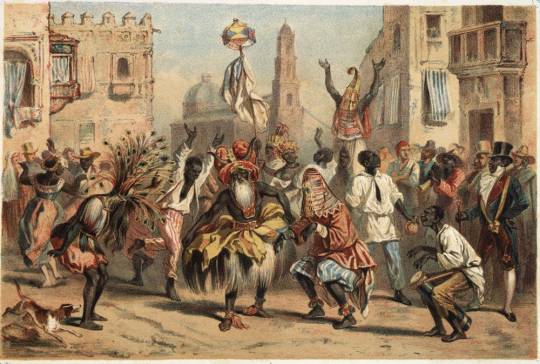
Long before it arose in New York City and became an influential style of music around the world, salsa music has its seeds in African rhythms and traditions that came to the Caribbean through the slave trade. Centuries of enslavement caused many cultural changes in Cuba, including the music that led to salsa.
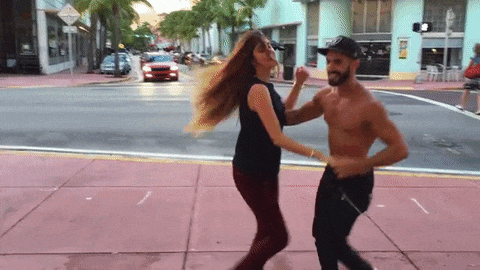
Some people know Bobby Day’s 1958 “Rockin’ Robin” or Michael Jackson’s remake but the origin of the song goes back to the days of slavery.
The majority of the Africans that were enslaved and brought to the Americas were of West African descent where the drum was used as a form of communication. In the Americas, enslaved Africans used the drum in the same way — communicating with the enslaved on distant plantations and ultimately planning uprising.
The enslavers caught wind of this and enacted a ban.
It is absolutely necessary to the safety of this Province, that all due care be taken to restrain Negroes from using or keeping of drums, which may call together or give sign or notice to one another of their wicked designs and purposes. — Slave Code of South Carolina, Article 36
That ban went down in 1740 and soon spread throughout Colonial America.
But the beat is in the heart of the African.
We soon found other ways to imitate the sound of the drum; stomping, playing spoons, washboards, or anything other household item. We also “slapped Juba” or played “hambone” where the body became an instrument where the player slaps their thighs and chest for the drum beat. (How did young boys in 1980s Park Hill, Denver know “Hambone?”)
Although we kept the beat, we lost the tradition, a cultural marker snatched away from us.
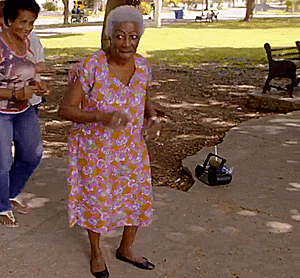
While the American enslaver worked feverishly to destroy any vestige of African culture, the Spanish enslaver of Cuba felt that it was in his best interest to allow the enslaved African to maintain his culture. In support of that, the Spanish allowed the Africans to organize Cabildos (or social groups) based on their nation of origin. Thus you had the Abakua (or Ekpe) from the nations known as Nigeria and Cameroon, the Madinga (or Malinke) from Sierre Leone, etc.
Our focus is primarily on the Lucumi, the Cabildo founded for the Yoruba of Benin and Nigeria. This lineage would be the cornerstone and origin point for what is now called “Salsa.” And what is this “Salsa?”
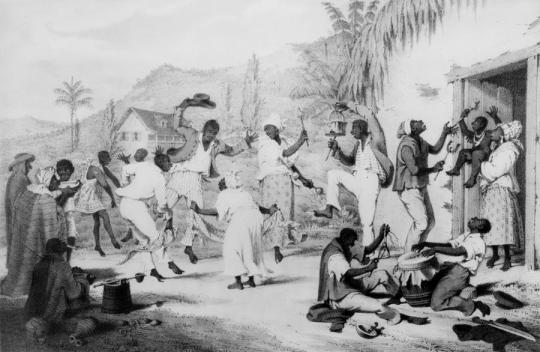
When we spoke of the drum being forbidden among the enslaved Africans in America, we forgot to mention that there was one place that didn’t enact that ban. That place was the port city of New Orleans, Louisiana — some even call New Orleans the Northernmost Caribbean city.
Similar in the way that the Spanish allowed for Cabildos in Cuba, the Louisiana enslavers permitted Sundays off and were okay with the dance and celebration so long as the enslaved African did so outside of the city limits in a place called Place des Negres (eventually known as Congo Square).
After the Civil War, Africans in America were able to get a hold of surplus brass instruments and shortly thereafter began composing music based on the popular music in the Caribbean at the time, the Cuban Habanero. Many say that this is one of the foundations of jazz music itself and the basis of the habanero, the tressilo, can be heard in second lines. Self-proclaimed jazz inventor, Jelly Roll Morton had this to say:
Now take the habanero “La Paloma”, which I transformed in New Orleans style. You leave the left hand just the same. The difference comes in the right hand — in the syncopation, which gives it an entirely different color that really changes the color from red to blue. Now in one of my earliest tunes, “New Orleans Blues”, you can notice the Spanish tinge. In fact, if you can’t manage to put tinges of Spanish in your tunes, you will never be able to get the right seasoning, I call it, for jazz. Jelly Roll Morton
Because of those qualities, a young musical prodigy from Cuba, Mario Bauzá recognized the similarities between jazz and Cuban music straightaway. Bauzá fell in love with jazz having heard it on Cuban radio but it was his trip to Harlem, NYC in 1927 that convinced him that New York was where he wanted to be and jazz was the music that he wanted to play.
Bauzá returned to New York in 1930, immediately found work, eventually landing a gig in the Cab Calloway band. Here he brought on the legend in the making, Dizzy Gillespie, and the two became fast friends. Bauzá attempted to play his “native” music to many in the band but they dismissed it as “country” music. Gillespie, on the other hand, embraced it.
For the next eight years Bauzá played in predominately African jazz bands having seen discrimination from white Cubans. Yet he longed to start a group that incorporated the music from his home and his second love, jazz. He shot this idea to his childhood friend/brother-in-law and in 1939 at the Park Palace Ballroom the Machito Afro-Cubans would debut.
“I am Black, which means my roots are in Africa. Why should I be ashamed of that?” Bauzá said in reference to the name.
Bauzá replaced the drum kit, which at that time had only been around for 20 years, with the hard to find congas, timbales, and toms. “The timbales play the bell pattern, the congas play the supportive drum part, and the bongos improvise, simulating a lead drum”. In the 40s these drums could only be found at Simon Jou’s bakery, La Moderna, locally known in East Harlem simply as Simon’s.
Next, the Afro-Cubans needed a home and they would find that not in Harlem nor the Bronx, but instead in Midtown Manhattan, a club called the Palladium.

Salsa is a set of Afro-Caribbean rhythms fused with jazz and other styles. The truth is that its origins have always been much debated, although as a general rule it is mentioned that it comes from a fusion that came from Africa in the Caribbean when they heard European music and wanted to mix it with their drums
These origins focus especially on mambo, danzó, cha cha chá, guaracha and son montuno, later enriched with instruments such as saxophone, trumpet or trombone.
It was the Cuban exiles and those from Puerto Rico who popularized salsa in New York back in the 1950s. But it wasn't until the last third of this century that salsa dancing began to take off all over the world.
Cuba played a leading role in the origin of salsa. Already in the 1930s, melodies and rhythms from Africa were playing on the Caribbean island. Among them was the danzón, a musical piece acquired by the French who had fled Haiti.
History tells us that it was these first rhythms that were then mixed with rumbas such as guagancó and sonero to begin to create their own Afro-Cuban rhythms, including Afro-Cuban jazz, mambo, guaracha, Cuban son and montuno.
The exquisite melody of these new rhythms soon set in other Latin American countries. Puerto Rico and Colombia were the first to welcome these new sounds from the Cuban country.
However, it was not until their appearance in the United States, and more specifically in the Bronx neighborhood of New York, when these rhythms acquired a greater impact. It was the moment in which new musical instruments were added that today form an indissoluble part of salsa.
The great Cuban musicians who moved to New York along with the wave of these new rhythms created the famous tumbadoras, congas or son montuno, and were responsible for introducing trombones and guaracha.
The Origin of the Salsa Dance Steps
Once salsa was defined as a musical genre in the 1970s, the movements and steps of its dance were collected through a fusion of the African with the European.
These steps and movements of salsa fundamentally reflect the influence of the dances that the Africans brought to the Caribbean and the European dances that have been danced in Cuba since the 1930s.
So much so that the basic steps of salsa are precisely the same steps as the Cuban son, just as it also includes steps that can be seen in rumba, danzón and mambo.
The origin of these variants is in the regions where this style comes from, which are the ones that developed each dance, always under the same umbrella of the term salsa.
It is not surprising, then, that salsa is defined as the result of a series of social conditions and the evolution of a series of rhythms and melodies from Cuba, which were developed and achieved repercussion in the United States.
There are those who assure against this mixture that salsa is neither a rhythm nor a style, but rather a term that serves to represent all the music of Afro-Cuban origin that emerged in the first decades of the twentieth century.
In short, the origin of salsa has always been, and will continue to be, much discussed. American musician Tito Puente was right when he said, "Salsa doesn't exist. What they now call salsa is what I have played for many years, and this is mambo, guaracha, cha cha chá and guagancó".
#salsa#cuba#congo#nigeria#african#afrakan#kemetic dreams#brownskin#africans#afrakans#brown skin#african culture#afrakan spirituality#nigerian#nigerians#ghana#niger#cameroon#senegal#west africa#afro cuban#american#african american#african american history#american history#dance#african dance#congo dance#ekik#yoruba
25 notes
·
View notes

